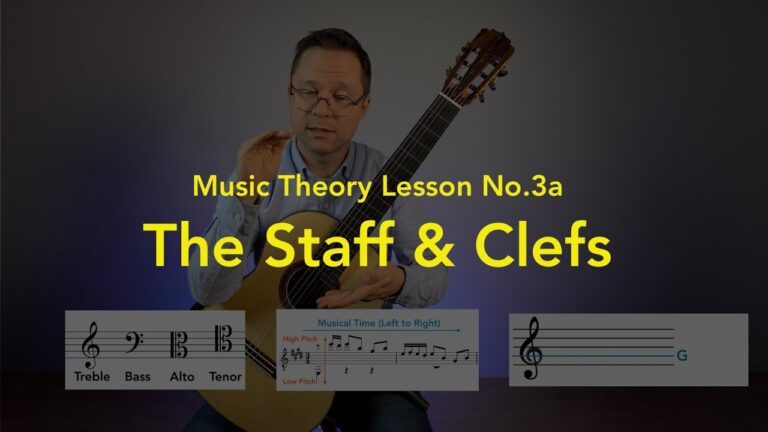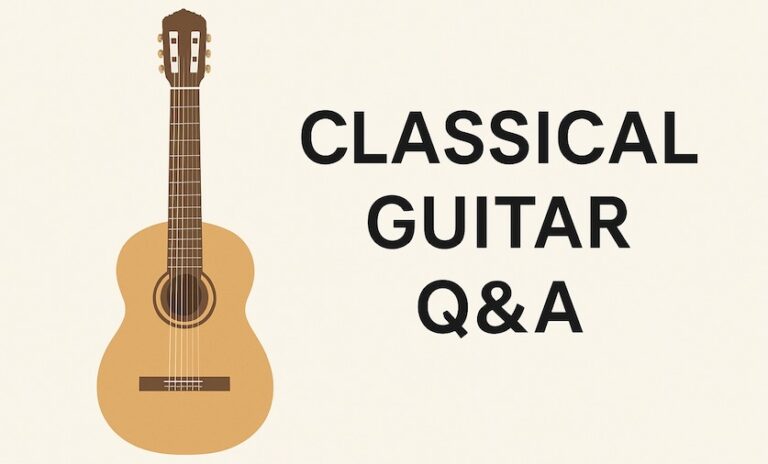This lesson comes from my new book Classical Guitar Repertoire Lessons Grade 2 – Seven pieces at the grade two level with dedicated lessons preparing you for each piece. Check it out at Werner Guitar Editions.
Espanoleta (Theme) by Gaspar Sanz (ca 1650-1710), from Instrucción de música sobre la guitarra española, 1674. This piece will serve as an introduction to ornaments (trills). Ornaments decorate the music but should not disrupt the primary notes. Always practice without ornaments when starting a new piece.
Written Ornamentation – This piece uses trills (a rapid alternation between two notes). Ornaments decorate a primary (written) note in a piece, sometimes causing harmonic tension in the music or a fluttering decretive character. Some of the trills in this piece start from the written note and others start from the note above (upper auxiliary). Trills don’t usually include the letter names of the notes above but I’ve included them in this book as a helpful introduction.
How did I choose what notes to use in the trills? There is no specific rule for how to play trills, it is usually something the performer chooses based on their preference, historical awareness, and music theory knowledge. Sanz included trill symbols but did not indicate whether to start on the written note or the note above. In many Baroque era pieces trills will start on the upper auxiliary but depending on the musical circumstance and musical era it could be either. I follow a general procedure for Sanz: if the preceding note is an upper auxiliary I start on the note above. This ‘suspends’ the previous note into the new harmony (this is called a suspension). You don’t need to know the theory at this point, just start playing.




Hi Brad, the lower voice trill in bar 17 (a-g#-a-g#), how do you ensure the b string doesn’t get muted or buzz? When I pull-off from a to g#, I inevitably touch the b string, or else I don’t get the g# to sound out.
Try various degrees of pluck versus pulling off straight out. So comparing a downward pull-off where you really rest on the B string after and then one where you take your finger away at the same angle as you brought it in. You’ll get less clarity but if you work on varying degrees of pluck you’ll find something that works.